Optimal Timing for Roofing Services
Scheduling roofing services at optimal times can enhance project quality and efficiency. Understanding seasonal weather patterns and climate conditions helps determine the most suitable periods for roof maintenance, repairs, or replacements.
Spring offers moderate temperatures and less precipitation, making it ideal for roofing projects. It allows for thorough inspections and repairs before the summer heat arrives.
Summertime provides longer daylight hours and warm weather, facilitating faster project completion. However, high temperatures can impact materials and working conditions.
Fall is suitable for roofing work due to cooler temperatures and lower humidity. It provides ample time to complete projects before winter.
Winter is generally less ideal due to cold temperatures, snow, and ice, which can hinder roofing work and affect material performance.
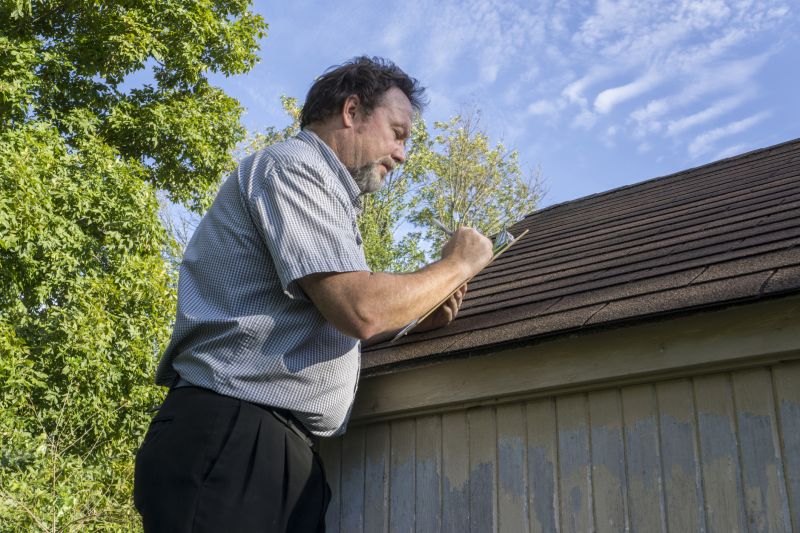
Spring is a good time for comprehensive roof inspections to identify damage caused by winter weather.

Warm summer days enable efficient roofing installations and repairs.
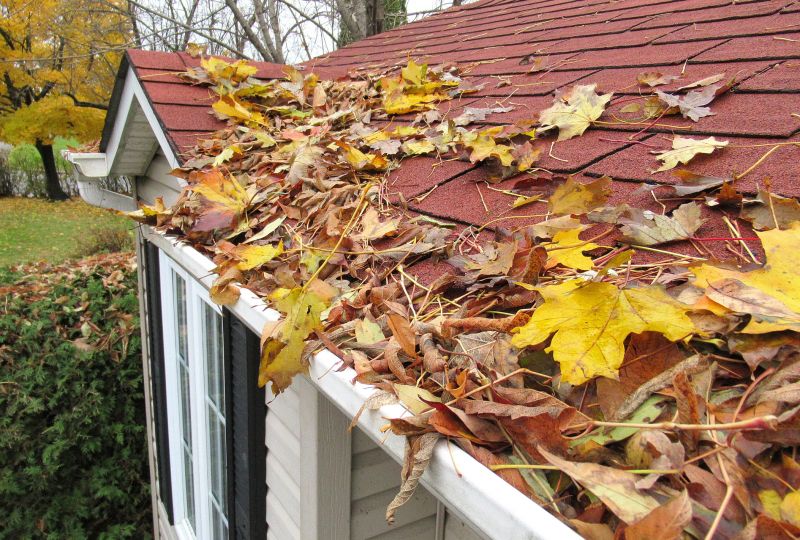
Fall allows for timely maintenance before winter sets in.

Winter conditions can complicate roofing projects due to snow and ice.
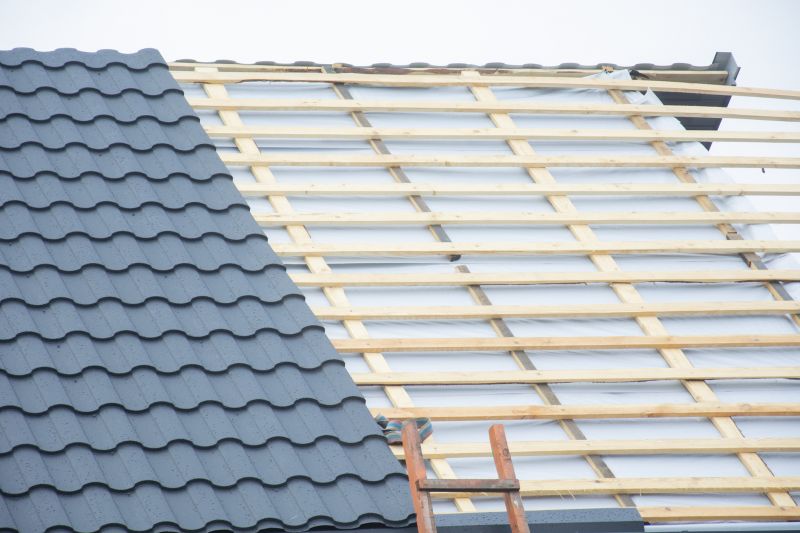
Replacing a roof during moderate weather ensures better adhesion and longevity.
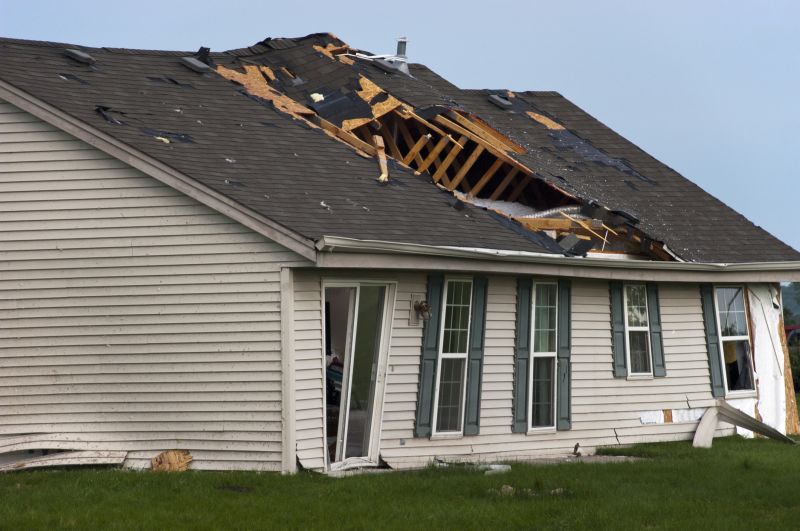
Post-storm inspections and repairs are crucial for maintaining roof integrity.

Regular maintenance aligned with seasonal changes extends roof lifespan.
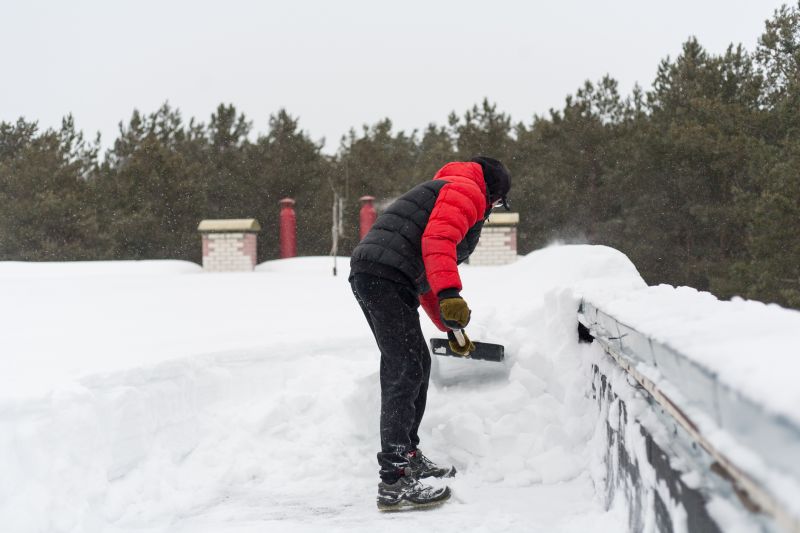
Fall is the best time to prepare roofs for winter weather.
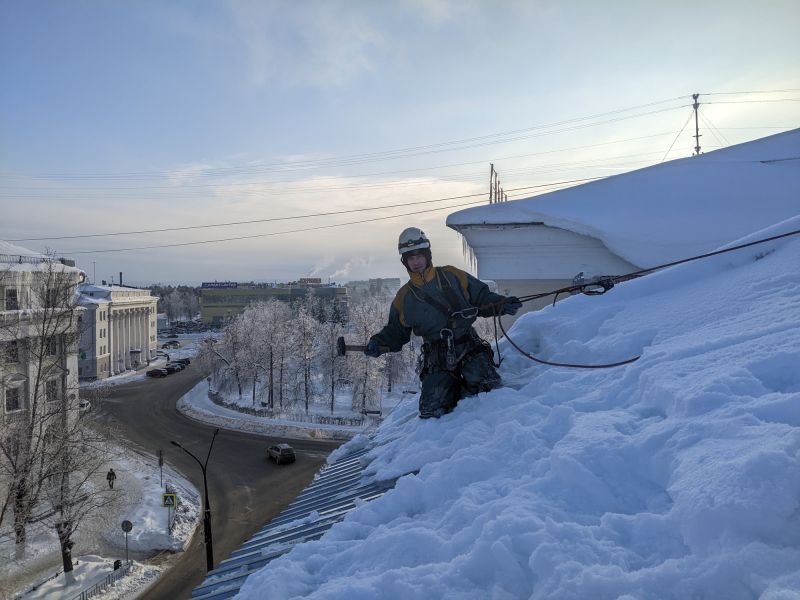
Weather conditions influence safety protocols during roofing projects.
| Season | Ideal Roofing Activities |
|---|---|
| Spring | Inspection, minor repairs, maintenance |
| Summer | Installation, major repairs, replacement |
| Fall | Maintenance, inspections, preparation for winter |
| Winter | Limited repairs, inspections, emergency fixes |
Roofing services encompass a range of activities including inspections, repairs, maintenance, and replacements. Proper timing ensures optimal results and longevity of roofing systems. Seasonal considerations impact material performance, safety, and project timelines. For example, asphalt shingles adhere better in warm weather, while metal roofing can be installed year-round with proper precautions.
Statistics indicate that scheduling roofing projects during spring and fall can reduce delays caused by weather conditions. Proper planning can also lead to cost savings and improved durability. It is advisable to assess local climate patterns and consult roofing professionals to determine the best period for specific needs.
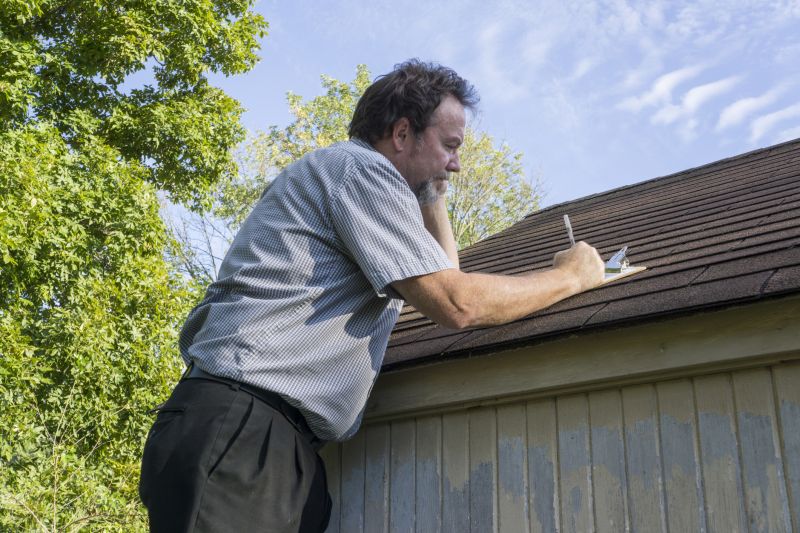
Regular inspections help identify issues early and extend roof lifespan.

Timing replacement projects during favorable weather ensures better results.
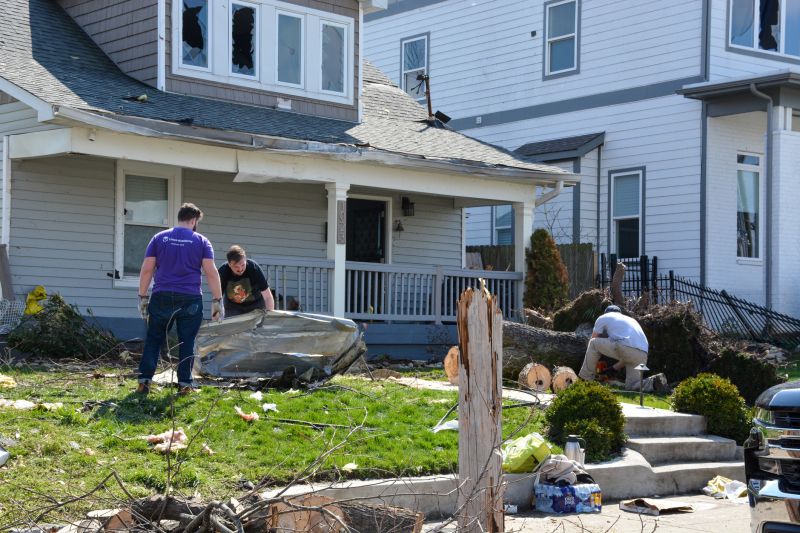
Prompt repairs after storms prevent further damage and leaks.
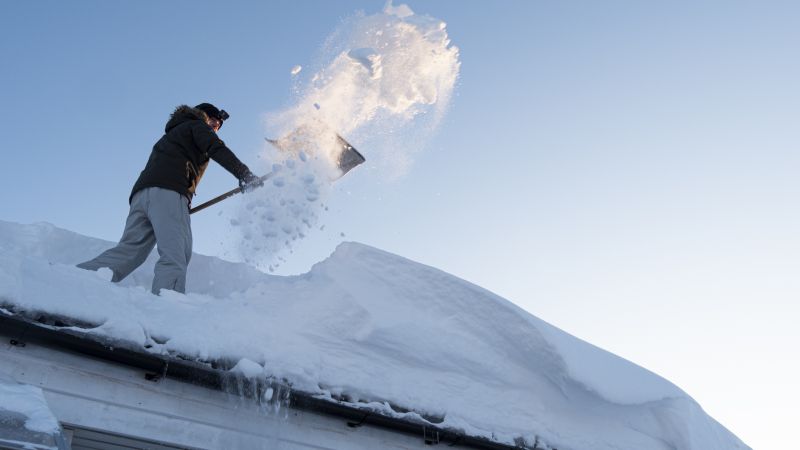
Scheduling maintenance during off-peak seasons minimizes disruptions.
Interested parties are encouraged to contact for more information or to schedule a roofing service. Proper timing and professional assessment can ensure the durability and performance of roofing systems, providing peace of mind through the years.




